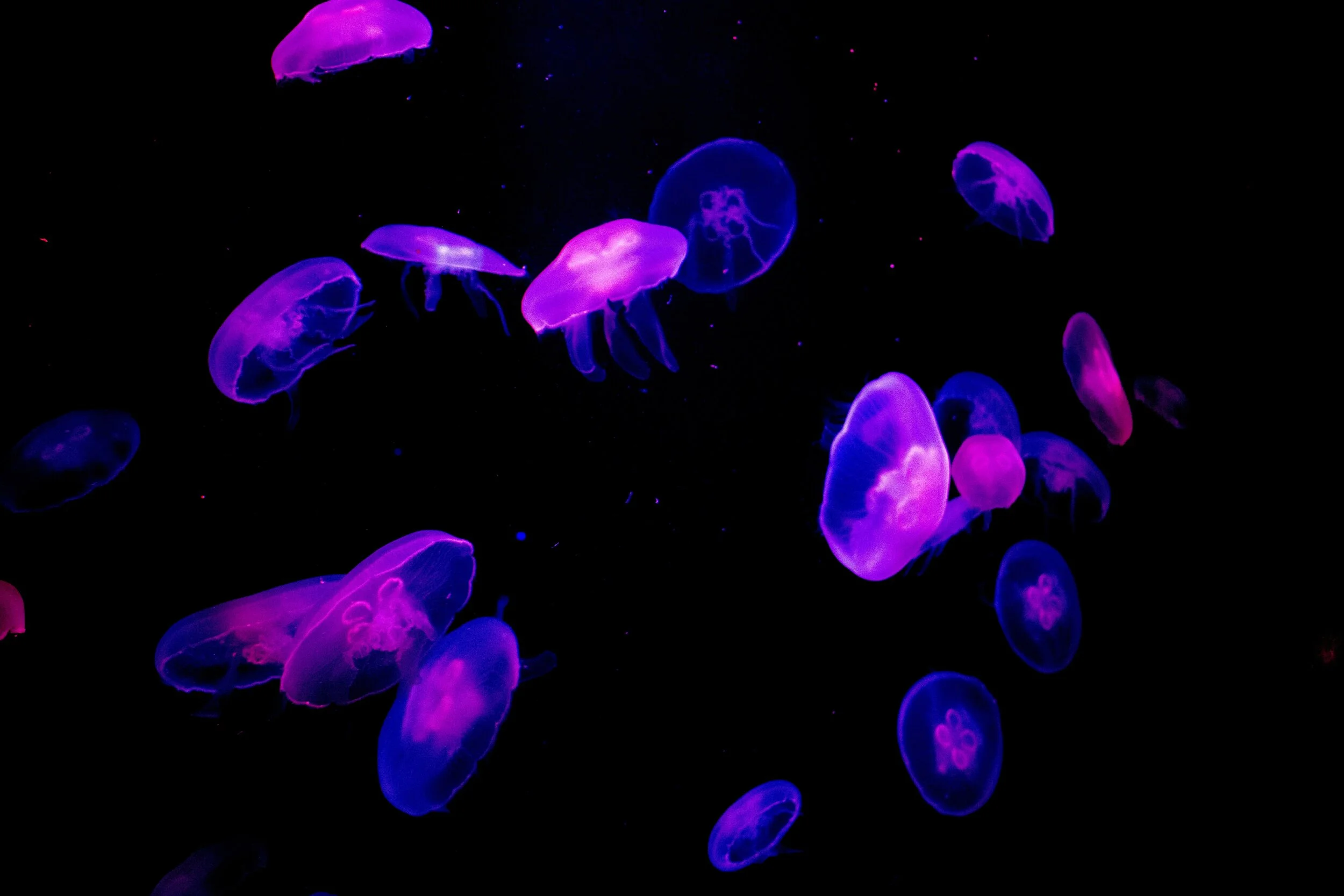
Unit 24: Torsion
Practice Problems

Note: problem difficulty is ranked using a star system.
(*) One-star problems are fundamental to the unit, and can be done relatively quickly. Use these problems to introduce yourself to the material.
(**) Two-star problems are more difficult, and require an understanding of one or two key concepts. Use these problems to test your understanding of the material.
(***) Three-star problems are the most difficult, and require some creative thinking in addition to a deep familiarity with multiple key concepts. Use these problems to challenge yourself; if you can complete one of these, you’re on your way to mastering the material.
*Q24.1) A copper cylinder (shear modulus 44 GPa) of length 10cm and radius 5mm has its bottom end fixed in the ground. If the top end is subjected to a 500 Nm torque, through how many degrees does it twist?
**Q24.2) A torsional fracture of the tibia (aka a “plant-and-twist”) is a common type of bone fracture experienced by soccer players, which results from the tibia (shin bone) being torqued at the knee joint while fixed in place at the ankle. If a tibia bone can experience a maximum twist of 10 degrees before fracturing, calculate the torque required to fracture a tibia of length 35cm, inner radius 1cm, and outer radius 1.5cm. The shear modulus of bone is 3.3 GPa.
***Q24.3) Two cylinders made of the same material and of the same length are subjected to equal twisting torques. One of the cylinders is hollow and has an inner radius of 1cm and an outer radius of 2cm. The other cylinder is solid with a radius of 2cm. What’s the ratio of the twist angle experienced by the hollow cylinder to that of the solid cylinder?
